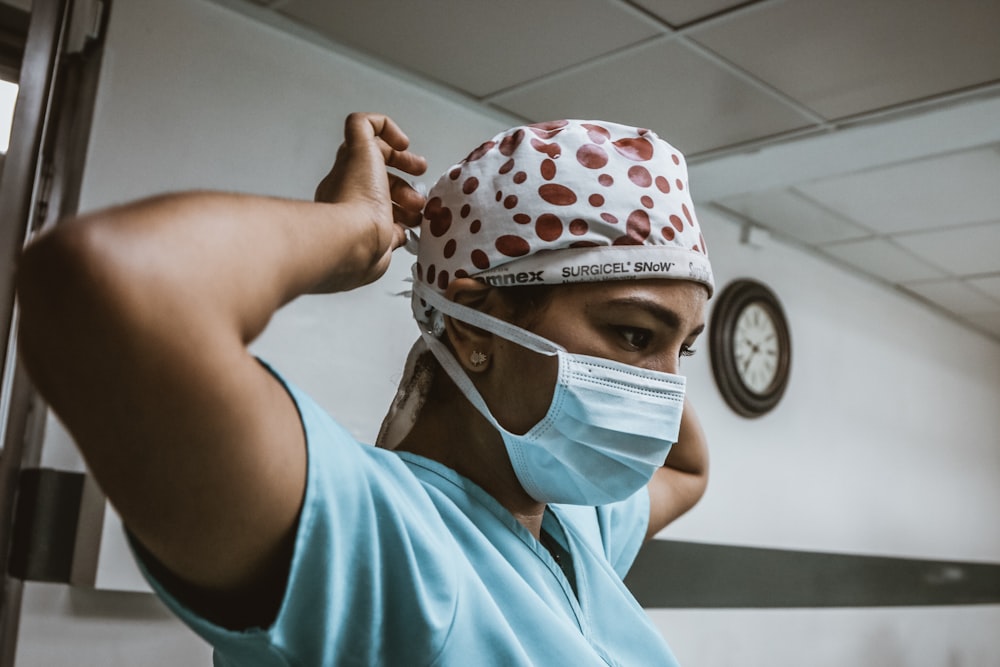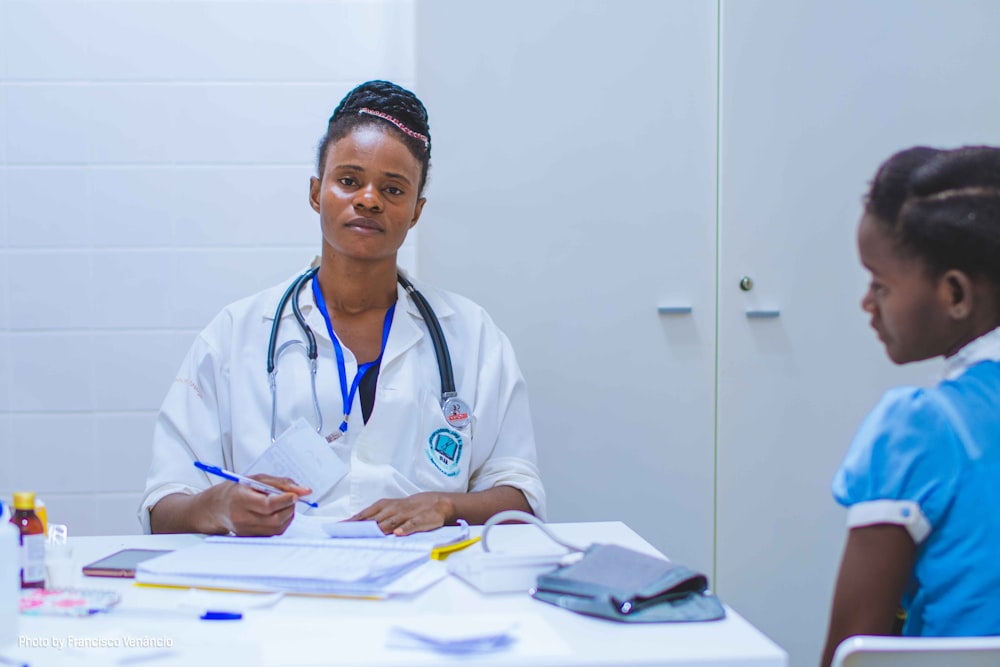Medical education: Challenges and Future
Medical education is undergoing a transformative phase, propelled by the need for healthcare professionals equipped with advanced skills and up-to-date knowledge. In this dynamic landscape, traditional teaching methods are giving way to more interactive and engaging approaches, collectively known as active learning. This article delves into the realm of medical education, unraveling the significance of active learning and its impact on shaping the next generation of healthcare professionals.
The Evolution of Medical Education
Image via Unsplash.com
Medical education has evolved significantly over the years, adapting to advancements in science, technology, and the ever-changing landscape of healthcare. Traditionally, medical education relied heavily on lectures, where students passively absorbed information from an authoritative figure. While this method has its merits, it often falls short in fostering critical thinking, problem-solving skills, and practical application of knowledge – crucial attributes for effective healthcare professionals.
Recognizing the limitations of passive learning, educators in the medical field are increasingly embracing active learning strategies to better prepare students for the complexities of modern healthcare practice.
Understanding Active Learning in Medical Education
Active learning is an instructional approach that engages students in the learning process through activities and collaboration, rather than traditional lectures. This method encourages students to participate actively in their own learning, fostering a deeper understanding of the subject matter and enhancing retention of information. In the context of medical education, active learning encompasses a variety of techniques and methodologies aimed at creating a more dynamic and interactive learning environment.
Key Components of Active Learning in Medical Education
Image via Unsplash.com
Problem-Based Learning (PBL): PBL is a widely adopted active learning strategy in medical education. In this approach, students work collaboratively to solve real-world clinical cases. PBL promotes critical thinking, problem-solving, and application of knowledge in a context that mirrors the challenges encountered in clinical practice.
Case-Based Learning (CBL): Similar to PBL, CBL involves presenting students with clinical cases to analyze and discuss. However, CBL often incorporates more structure, providing students with specific learning objectives and guiding questions to facilitate the learning process.
Simulation-Based Learning: Simulations offer a hands-on approach to medical education, allowing students to practice clinical skills in a controlled environment. Simulated scenarios, such as patient interactions, surgeries, or emergency situations, provide valuable experiential learning without the risks associated with real-world clinical practice.
Team-Based Learning (TBL): TBL promotes collaborative learning in small groups. Students are assigned pre-work, often involving reading or studying materials before the session. During the session, they work together to solve problems, discuss cases, and apply their knowledge collectively.
Interactive Lectures: While traditional lectures are typically passive, incorporating interactive elements can transform them into active learning experiences. Techniques such as audience response systems, discussions, and case presentations encourage student participation and engagement.
Benefits of Active Learning
Enhanced Critical Thinking: Active learning encourages students to think critically, analyze information, and apply their knowledge to solve complex problems. These skills are crucial in the ever-evolving field of medicine, where practitioners often encounter unique and challenging situations.
Improved Retention: Active learning methods have been shown to enhance information retention compared to traditional lecture-based approaches. The hands-on, participatory nature of active learning helps students internalize and remember key concepts more effectively.
Better Problem-Solving Skills: Medical professionals must navigate intricate clinical scenarios, requiring effective problem-solving skills. Active learning, particularly through PBL and CBL, hones these skills by exposing students to realistic cases that mimic the challenges they will face in their future careers.
Increased Engagement: Active learning makes the learning process more engaging and enjoyable for students. It taps into their intrinsic motivation, as they actively participate in discussions, simulations, and collaborative activities. This heightened engagement can contribute to a positive learning experience.
Preparation for Real-World Practice: The dynamic nature of active learning closely aligns with the demands of real-world medical practice. By actively engaging with clinical cases, simulations, and collaborative problem-solving, students develop skills that seamlessly transition into their professional lives.
Challenges and Considerations
Image via Unsplash.com
While active learning offers numerous benefits, its implementation in medical education is not without challenges. Educators and institutions must address these considerations to ensure the effective integration of active learning approaches.
Resistance to Change: The transition from traditional teaching methods to active learning may face resistance from both educators and students accustomed to more conventional approaches. Overcoming this resistance requires clear communication about the benefits of active learning and gradual implementation to allow for adaptation.
Resource Intensity: Certain active learning methods, such as simulation-based learning, can be resource-intensive. Institutions must invest in appropriate technologies, facilities, and trained personnel to support these activities effectively.
Assessment Challenges: Traditional assessment methods may not align seamlessly with active learning approaches. Educators must develop assessment strategies that accurately measure students’ understanding and proficiency gained through hands-on experiences and collaborative activities.
Logistical Considerations: Implementing active learning on a large scale requires careful planning and consideration of logistical factors, such as classroom design, scheduling, and availability of resources. Institutions must create an environment conducive to active learning experiences.
Faculty Training: Educators need training to effectively implement active learning strategies. This includes developing proficiency in facilitating discussions, designing engaging activities, and using technology to enhance the learning experience.
The Future of Medical Education: A Blend of Tradition and Innovation

Image via Pexels.com
The future of medical education lies in striking a balance between traditional teaching methods and innovative, active learning approaches. While lectures remain a valuable tool for delivering foundational knowledge, supplementing them with interactive and hands-on experiences enriches the learning process.
Flipped Classroom Models: The flipped classroom model reverses the traditional learning environment. It does so by delivering instructional content outside of class (e.g., through online lectures). And using class time for interactive activities, discussions, and hands-on experiences. This approach allows students to engage with the material at their own pace before participating in collaborative learning during class sessions.
Technology Integration: The integration of technology, including virtual reality (VR), augmented reality (AR), and simulation tools, enhances active learning experiences in medical education. Virtual patient encounters, realistic simulations, and interactive software contribute to a more immersive and effective learning environment.
Personalized Learning Paths: Recognizing that students have diverse learning styles and preferences, personalized learning paths are gaining prominence. Adaptive learning technologies tailor educational content to individual students. It allows them to progress at their own pace and focus on areas that require additional attention.
Interdisciplinary Education: The complex nature of modern healthcare requires collaboration across various disciplines. Interdisciplinary education, facilitated through active learning methods like team-based learning, prepares students to work seamlessly with professionals from different fields, fostering a more holistic approach to patient care.
USEFUL LINKS:
Click here to read more
Proper nutrition for children







